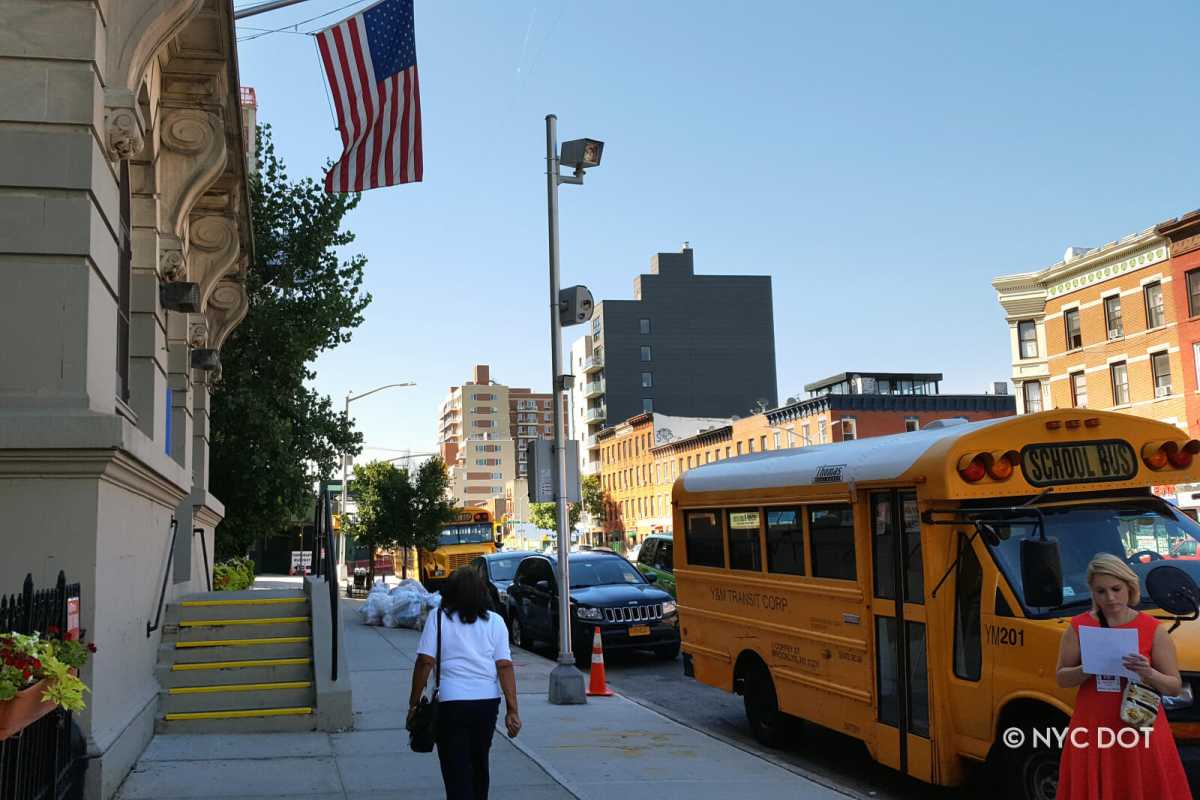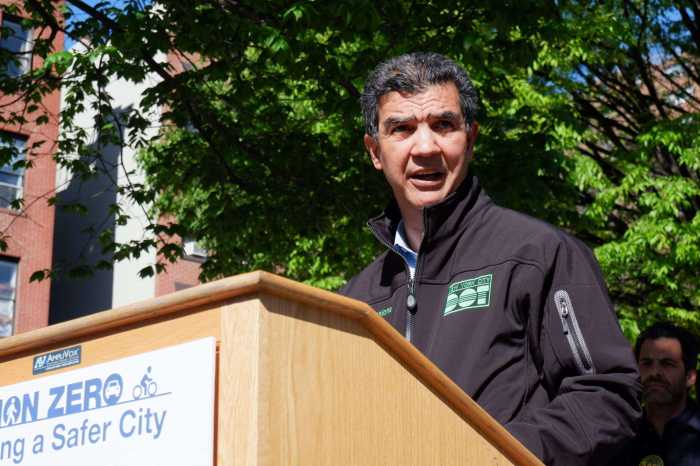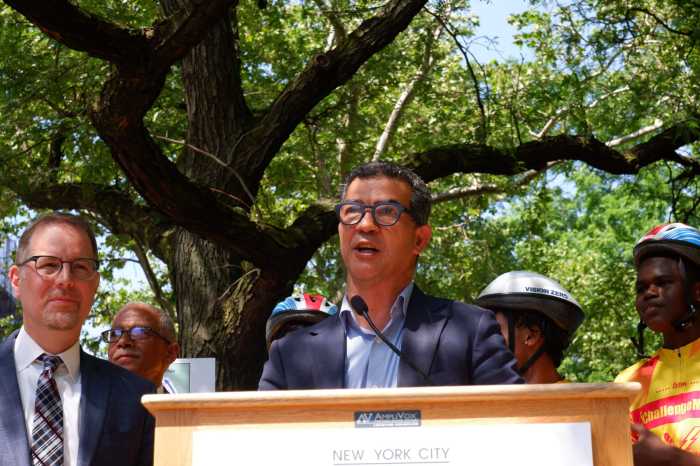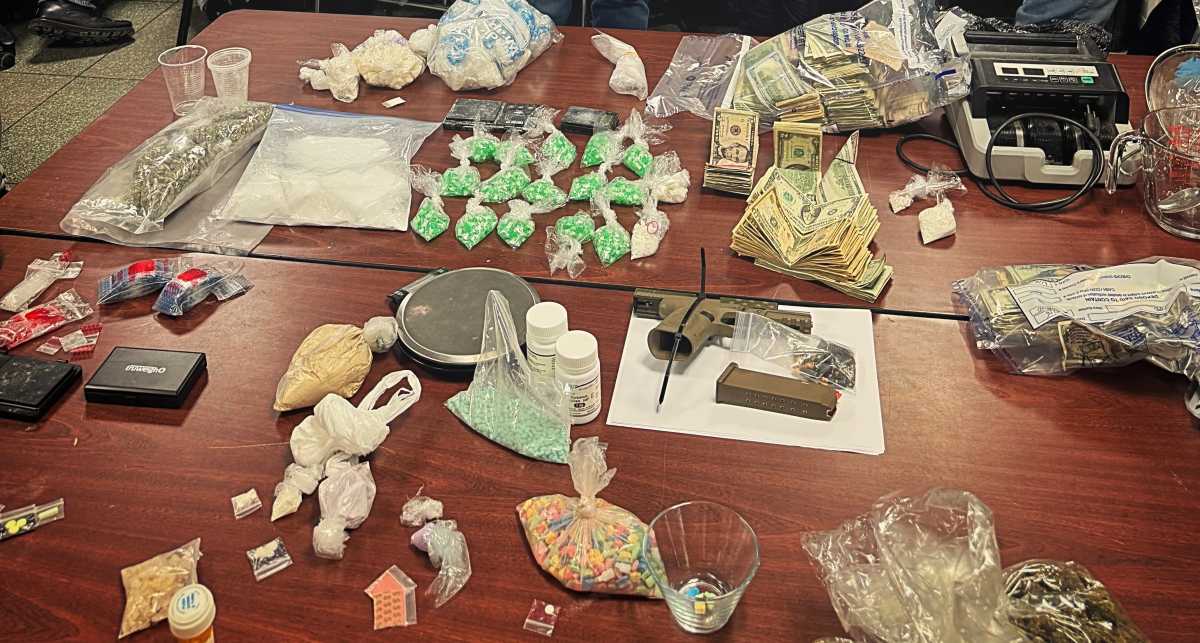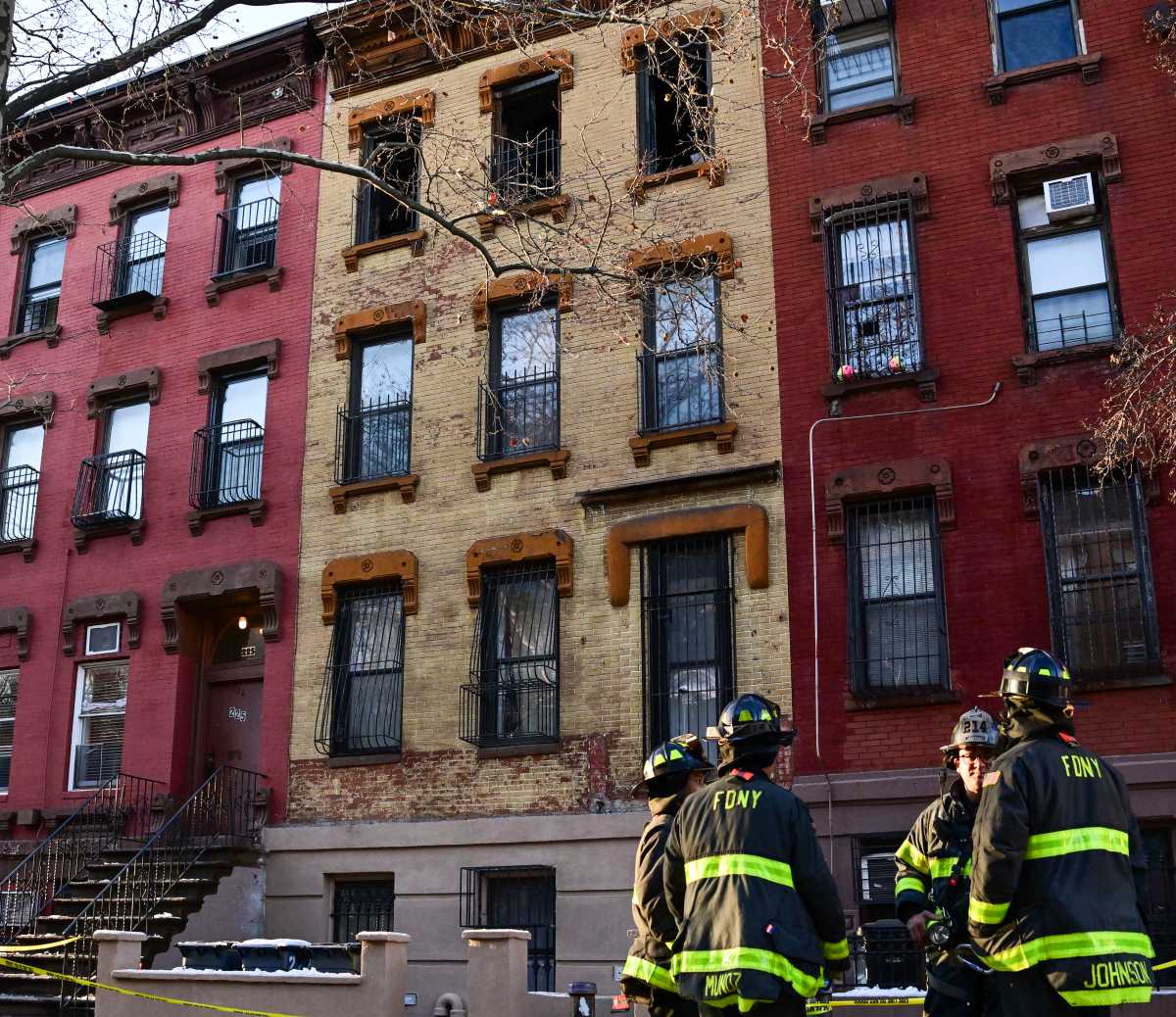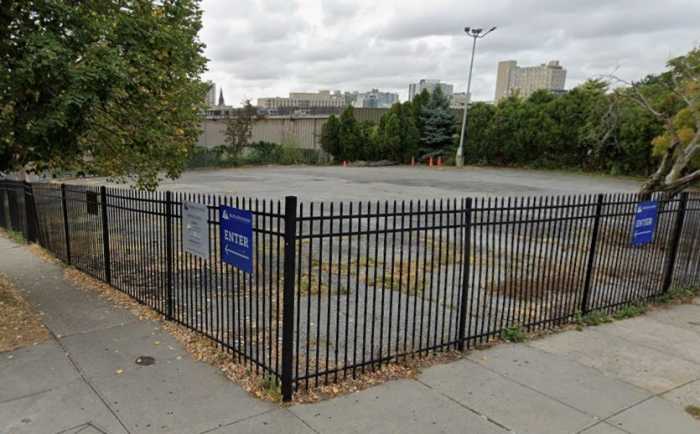New York drivers appear to be speeding less since the city was allowed to start 24/7 automated camera enforcement last year, according to the Department of Transportation.
Last month, the city’s approximately 2,000 speed cameras issued 30% fewer speeding tickets than they did in August 2022, the first month they were in operation 24/7. The reduced number indicates drivers are getting the message that speeding will cost them, DOT says.
“One year ago we launched 24/7 speed camera enforcement, and the results are in: the program has reduced speeding, decreased the number of injuries, and made our streets safer,” said DOT Commissioner Ydanis Rodriguez.
Before last year, the cameras were only allowed to operate between 6 a.m. and 10 p.m. on weekdays, even as DOT’s data suggested that speeding was more prevalent during the overnight hours and on weekends.
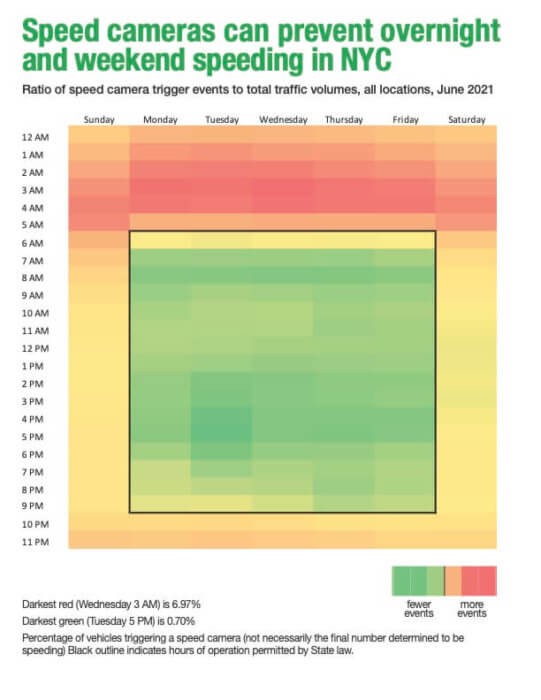
The majority of traffic fatalities also occurred during the cameras’ off-hours, when fewer vehicles are on the road and visibility is lower, according to DOT.
Last year, Albany lawmakers approved a bill allowing the city to turn on the speed cameras 24/7. The cameras can automatically issue $50 fines for any motorist caught racing through one at or above 36 miles per hour, which is 11 mph above the city’s speed limit.
The decrease in lead-footedness has been particularly pronounced on certain roads. Last month, speed cameras on Houston Street in the East Village issued 96% fewer tickets than they had in August 2022, the largest drop of any area in the city. Cropsey Avenue in southern Brooklyn saw an 84% drop in ticket issuance.
Several corridors with speed cameras also saw dramatic drops in traffic injuries during overnight and weekend periods. Tremont Avenue in the Bronx saw 45% fewer traffic injuries, while Kings Highway in Brooklyn saw injuries drop by a third, according to DOT.
Deaths from traffic collisions, meanwhile, declined by 25% in the city’s 750 school zones, defined as the area in a quarter-mile radius of a school. By law, those are the only places the cameras can issue tickets.
So far this year, 152 people have lost their lives in traffic collisions on city streets, down about 8% from the same time last year. Every borough has seen declines in fatal collisions this year except Queens, where they’re up 40%.
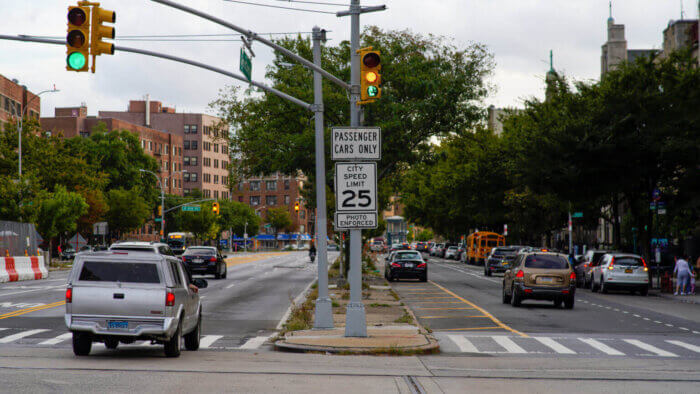
Speed cameras have their limitations. For one, they cannot issue tickets to “ghost cars” where motorists have defaced, covered, or removed their license plates. In some cases, the cameras even issue tickets to the wrong person, like one Staten Island man who has accumulated fines generated by a scofflaw who defaced an “8” on their plate to look like a “3.”
The cameras also, under state law, cannot issue fines of more than $50, less than the fines police officers can issue. And speed camera violations don’t count toward points on one’s license, so drivers can accumulate dozens or even hundreds of tickets with no penalty besides a fine.
The city has been relatively scant in enforcing its Dangerous Vehicle Abatement Program, where drivers with more than 15 camera-issued speeding tickets become eligible to take a driver safety course, or risk having their vehicle impounded.
The city is currently facing a lawsuit from the family of a three-month-old baby killed by a reckless driver with 160 speeding tickets. The driver, who was sentenced to nine years in prison this June, had completed the short “driver accountability” course, but the family says his car should have been impounded under the DVAP given his driving habits.
This month, state lawmakers proposed a bill that would require any driver with six or more camera-issued speeding tickets to install a device in their car that prevents them from driving more than 5 miles per hour above the speed limit.



